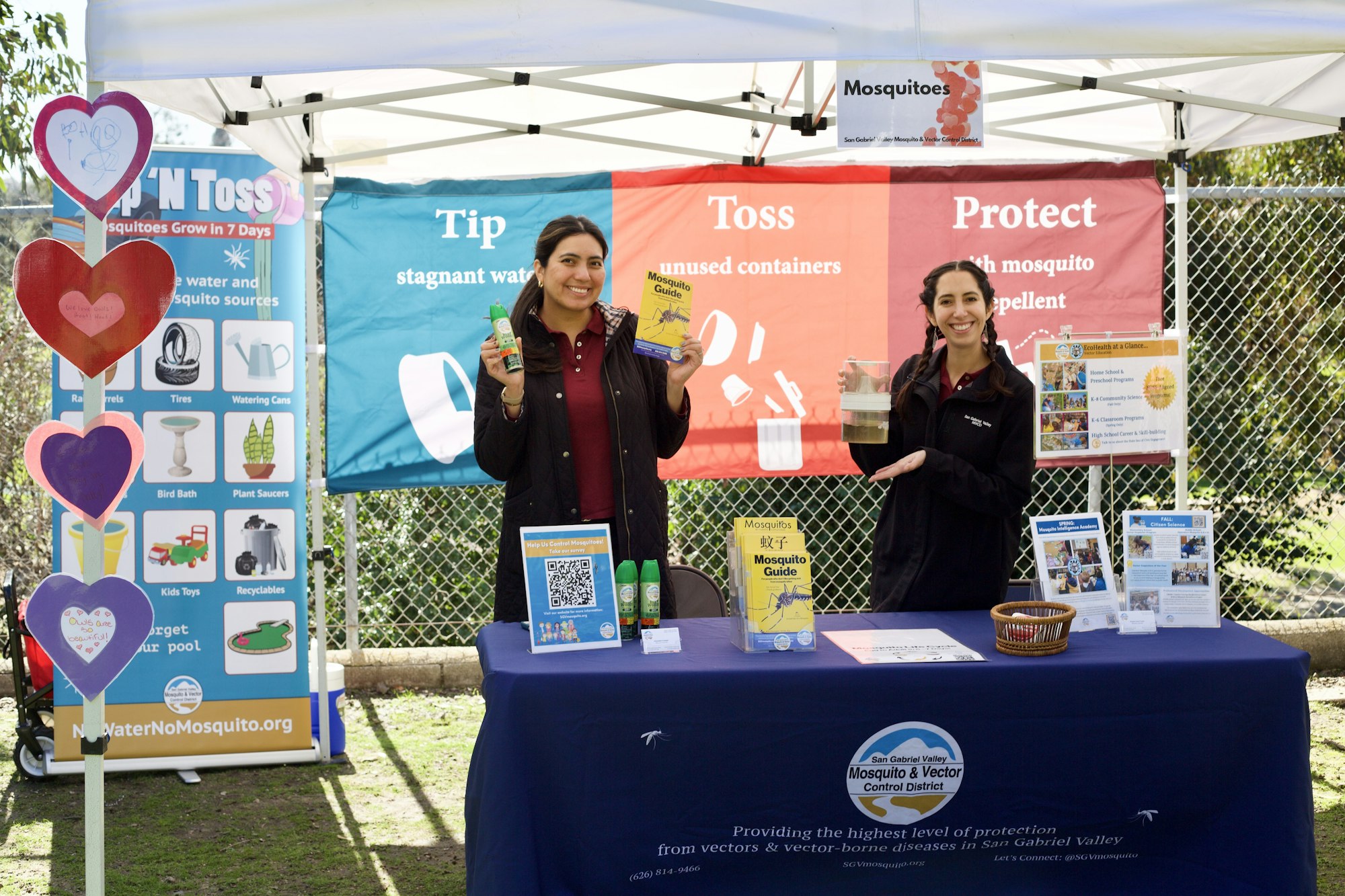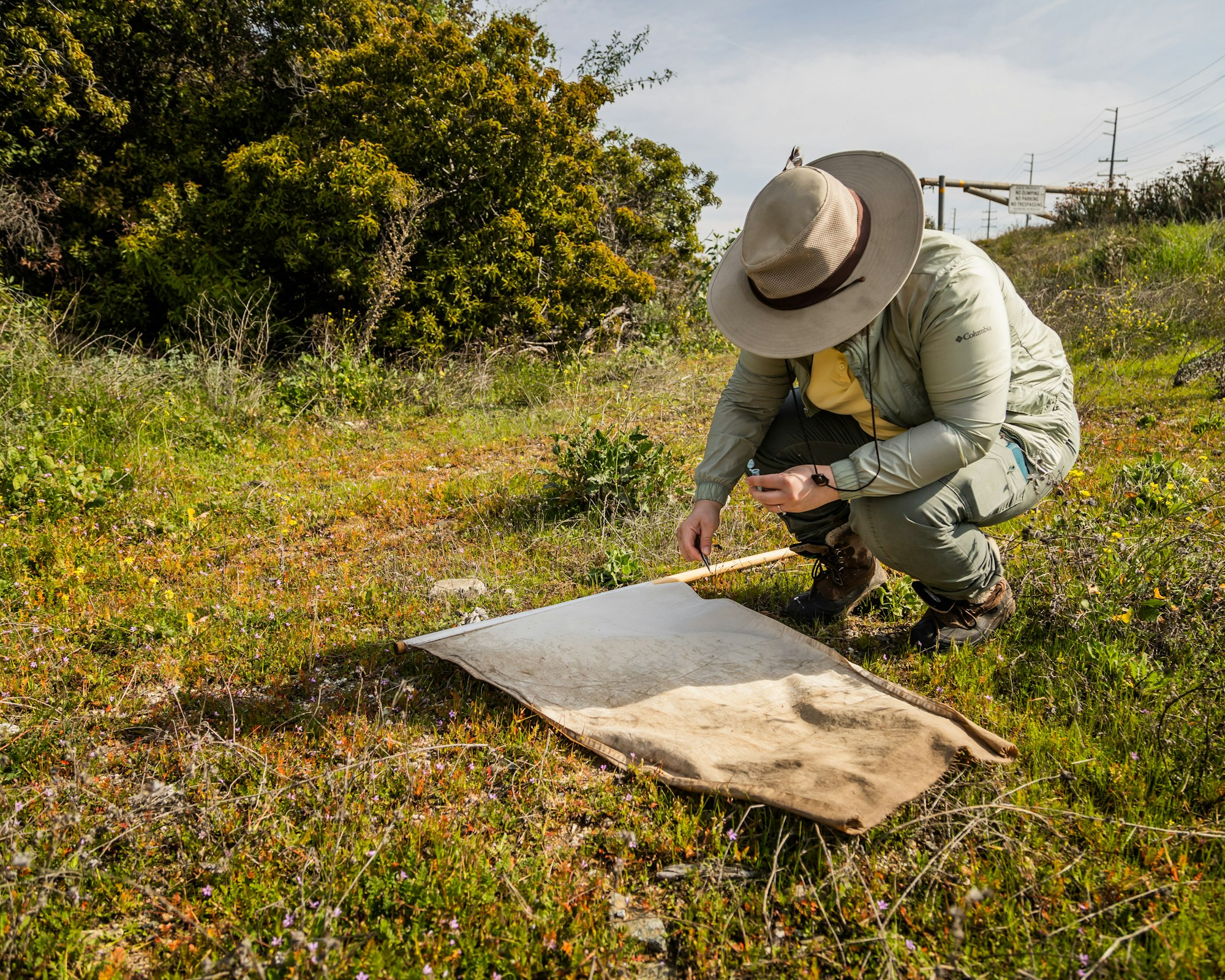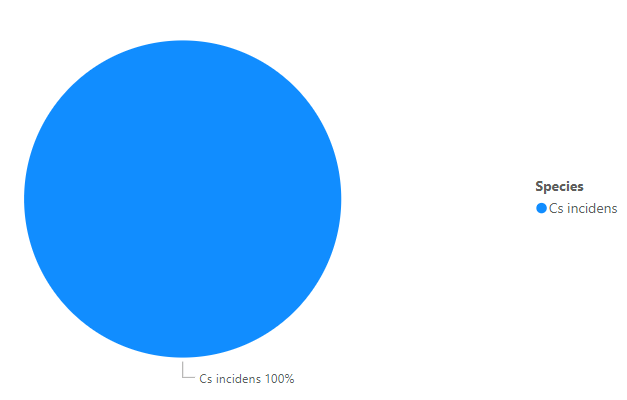Short Bites Monthly
Your digest for February 2024.

Short Bites Monthly ensures that our data as a public health agency remains transparent to the public and to people who are interested in our mission.

We continue to provide the highest level of protection from vectors and vector-borne diseases to reduce outbreaks of human diseases in San Gabriel Valley.
District Communication

Image of our Outreach Team at an event this month.
- This month we commenced our events for 2024. Thank you to those who booked us in February.
- We also met up with other Districts in Southern California to discuss Communication Strategies for this year. This ensures that our messaging is consistent and that short-staffed Districts have materials available to them.
- The rain brings us lots of water, which becomes the ideal choice for mosquitoes to lay their eggs. Remember, if there is no water, there will be no mosquitoes.
Outreach Overview
.png?ixlib=rb-1.1.0&w=2000&h=2000&fit=max&or=0&s=f2d2837aab4fb6b426dd9e2f0e28e319)
Image of outreach stats for the past month.
.png?ixlib=rb-1.1.0&w=2000&h=2000&fit=max&or=0&s=91789921cfbf7bd76537af21fd9eef6b)
Map View: Image of outreach stats for the past month.
Mosquito Activity Overview
.gif?ixlib=rb-1.1.0&w=2000&h=2000&fit=max&or=0&s=7ade04a6bb422ca345a272b789338a2a)
- District surveillance trapping will resume in the Spring to monitor disease and mosquito activity.
- We will provide an image of the average number of mosquitoes per trap by sampling location and by city/community.

We continue to maintain essential vector surveillance including mosquito traps for disease testing, providing weekly data to the District, and maintaining mosquito fish.

Image of tick flagging by our Surveillance team.
Mosquito Species Overview
- This month, we conducted a special trapping report (seen below) in an area of increased mosquito-borne disease risk.
- Trapping for the District will resume in the Spring.
- We are currently trapping for black flies in the foothills and tick flagging (also known as tick trapping) all throughout San Gabriel Valley.
- If you’re wondering how to protect yourself from mosquitoes, black flies, and ticks, then wearing repellent with the active ingredient DEET will cover you for all of those bites.

This chart depicts the overall abundance of mosquitoes collected during the current reporting period. Species listed on the far right are sorted by total amount collected during this reporting period.

We continue to provide excellent science education services and reduce mosquitoes in homes and schools within the San Gabriel Valley.
EcoHealth Highlights

Image of our Education Specialists updating their curriculum for M.I.A. programs.
- Our Education Specialist presented on community science as an excellent way to engage students in public health initiatives that support the Integrated Vector Management (IVM) process while also addressing California Next Generation Science Standards.
- Sign up for our EcoHealth Newsletter and be informed of professional development opportunities, FREE available NGSS- aligned programs, & the latest teacher resources for you to use in the classroom.
Sign Up for EcoHealth Newsletter
District Resources to Share
.gif?ixlib=rb-1.1.0&w=2000&h=2000&fit=max&or=0&s=eef7b91f34b5c95718d29c9718c7c6bc)
- Learn more about what we do and how we can help residents of the San Gabriel Valley.
- Don't let mosquitoes get too comfy around your home. Join us in wiping out mosquitoes this winter!
Wipe Out Mosquitoes This Winter

Communications Department Mission Statement:
Increase transparency and credibility through multi-media dialogue in order to engage and motivate internal, local, regional, statewide, and nationwide stakeholders to take action and become public health agents of change in their communities.
🖋 Written by Ally Gaspar, Outreach Assistant
